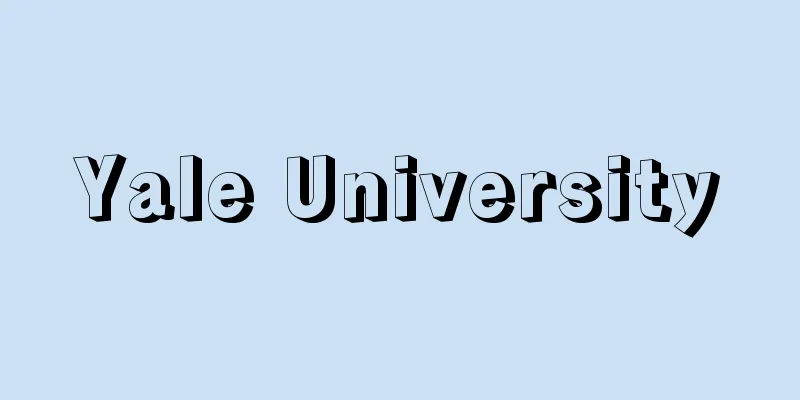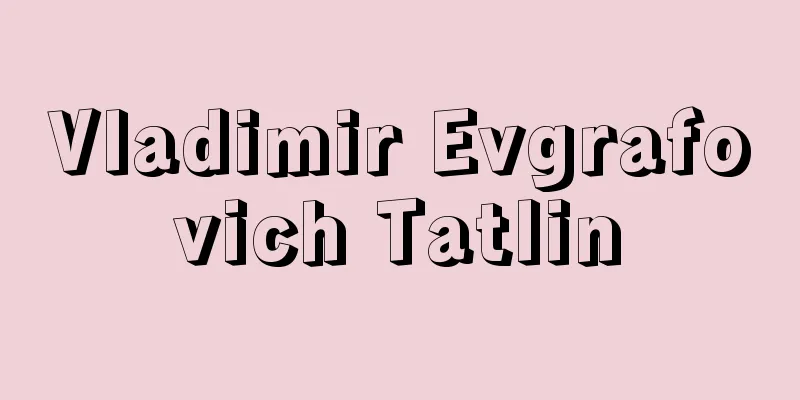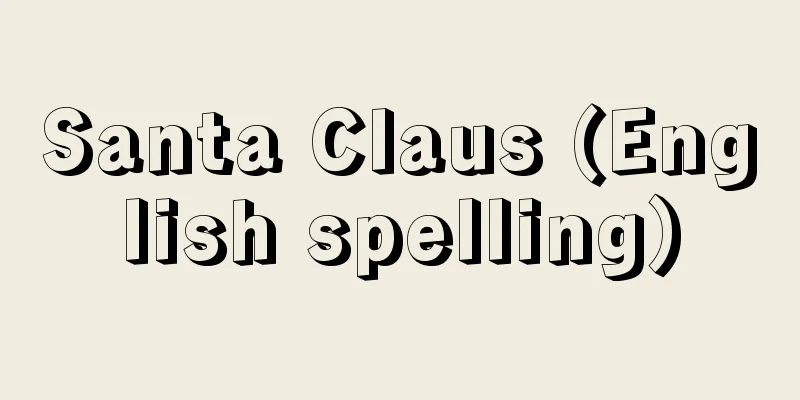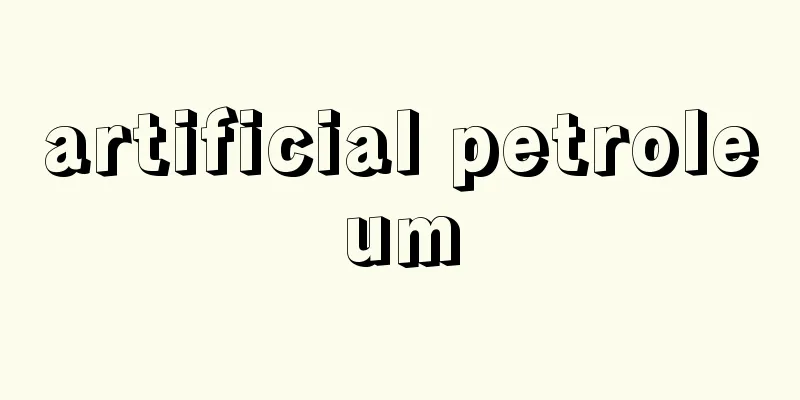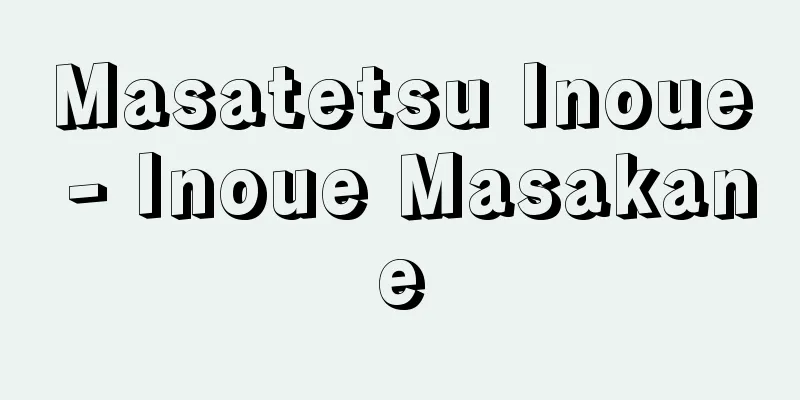Philipp Eduard Anton von Lenard

|
German physicist. Born in Pressburg (now Bratislava, Slovakia) in the Austro-Hungarian Empire, the son of a wine merchant. Unsatisfied with the family business, he traveled to Germany in 1883. He met Bunsen at Heidelberg University and decided to become a scientist. He studied physics at the universities of Heidelberg and Berlin, and, following a suggestion from Helmholtz, he studied the vibrations of falling water drops and similar problems, earning his doctorate in 1886 under Georg Hermann Quincke (1834-1924). After serving as Quincke's assistant for three years in Heidelberg, he went to England, but was disappointed with the "exclusive" atmosphere there and returned to Japan after only six months. He served for a time as an assistant at the University of Breslau, and then in 1891 he became a private lecturer under Hertz at the University of Bonn, in 1894 an associate professor at the University of Breslau, in 1895 an assistant at the Aachen Technical University, in 1896 an associate professor at the University of Heidelberg, in 1898 a professor of physics at the University of Kiel, and in 1907 he succeeded Quinke as professor at the University of Heidelberg, where he remained until his retirement in 1931. In 1888, Lenard began experimental research on cathode rays, following Hertz's idea that cathode rays were waves similar to ultraviolet light. In 1892, Hertz discovered that cathode rays could pass through aluminum foil, and the following year, in 1893, Lenard created a discharge tube with an aluminum foil window and succeeded in emitting cathode rays outside. In 1900, he measured the specific charge of photoelectrons generated when ultraviolet light was shone on a zinc plate, experimentally demonstrating that photoelectrons were equivalent to cathode ray electrons and that the speed of the emitted electrons depended only on the wavelength. He also demonstrated that a certain minimum energy was required for electrons to ionize gas, and in 1903 announced his concept of the atom consisting of "dynamids," which were imagined to be electric dipoles. These were the forerunners of Einstein's light quantum hypothesis and Lorentz's electron theory, and were new experimental research into the interaction between electrons and matter. In 1905, he was awarded the Nobel Prize in Physics for his "research on cathode rays." However, he constantly criticized J.J. Thomson and Einstein for ignoring his achievements, and later, when the Nazis came to power, he advocated "Aryan physics" and became obsessed with the movement to expel the Jews. [Tomoko Takahashi] [References] | | | | | | |Source: Shogakukan Encyclopedia Nipponica About Encyclopedia Nipponica Information | Legend |
|
ドイツの物理学者。オーストリア・ハンガリー帝国のプレスブルク(現、スロバキアのブラチスラバ)でワイン商人の息子として生まれる。家業に満足できず、1883年ドイツに旅行。ハイデルベルク大学でブンゼンに出会い、科学者になる決心をした。ハイデルベルク大学、ベルリン大学で物理学を学び、ヘルムホルツの示唆で落下する水滴の振動とその類似問題を研究、1886年クウィンケGeorg Hermann Quincke(1834―1924)のもとで博士号を取得した。ハイデルベルクでクウィンケの助手を3年間つとめたのち、イギリスに渡ったが、「排他的」雰囲気に失望し、わずか6か月で帰国。しばらくブレスラウ大学で助手をやり、1891年ボン大学のヘルツのもとで私講師、1894年ブレスラウ大学員外教授、1895年アーヘン工業大学助手、1896年ハイデルベルク大学員外教授、1898年キール大学物理学教授、1907年クウィンケの後任としてハイデルベルク大学教授になり、1931年退官するまでそこにとどまった。 1888年、陰極線は紫外線に類似した波動だとするヘルツの考えに従って陰極線の実験研究を開始した。1892年ヘルツが陰極線はアルミニウム箔(はく)を通過することを発見すると、翌1893年レーナルトはアルミニウム箔の窓をもつ放電管を作製、陰極線を外に取り出すことに成功した。1900年には紫外線を亜鉛板に当てたときに生じる光電子の比電荷を測定、光電子が陰極線の電子と同等であること、放出電子の速度は波長のみに依存することを実験的に示した。また電子が気体をイオン化するにはある最小のエネルギーを必要とすることを示し、1903年電気的双極子と想像される「ダイナミド」からなる原子概念を発表した。これらはアインシュタインの光量子仮説やローレンツ電子論の先駆けとなるもので、電子と物質との相互作用を調べる新しい実験的研究であった。「陰極線の研究」によって1905年ノーベル物理学賞を受賞。しかしつねに自分の業績を無視しているとしてJ・J・トムソンやアインシュタインを非難し、のちナチスが政権をとると「アーリアン物理学」を標榜(ひょうぼう)し、ユダヤ人排斥運動に執念を燃やした。 [高橋智子] [参照項目] | | | | | | |出典 小学館 日本大百科全書(ニッポニカ)日本大百科全書(ニッポニカ)について 情報 | 凡例 |
<<: Reni (English spelling) Guido Reni
Recommend
Miyazu Bay
Miyazu Bay is a branch bay in the northwest of Ky...
Fleischer brothers - Fleischer siblings (English spelling) Fleischer brothers
(Brother) Max, July 19, 1883, Vienna - September 1...
Entry into the story - Entry into the story
...A general term for those used for the entrance...
Chiri Mashiho - Chiri Mashiho
Linguist. Born on February 24, 1909, as the secon...
Peel, Sir Robert
Born: 5 February 1788, Bury, Lancashire [Died] Jul...
Ludwig, O. (English spelling) LudwigO
…German realist writer. His poetic realism, which...
Upsetting - Upsetting
…The former is usually used to manufacture large ...
Provisional execution exemption declaration
…On the other hand, there is still a way for the ...
Surface rights - Chijoken
A real right to use someone else's land in or...
COMISCO; Committee of the International Socialist Conference
Abbreviation for the Committee of the Internationa...
Gardner, A.
...These photographs allowed people to become fam...
Gift
…The origin of the word shows that history is not...
Sphere gap
This refers to the gap (spacing) between a pair o...
Ferreira
…The wolframite group includes monoclinic ferriit...
Iwami Marumono - Iwami Marumono
…This Sekishu-banshi paper was well received in t...


